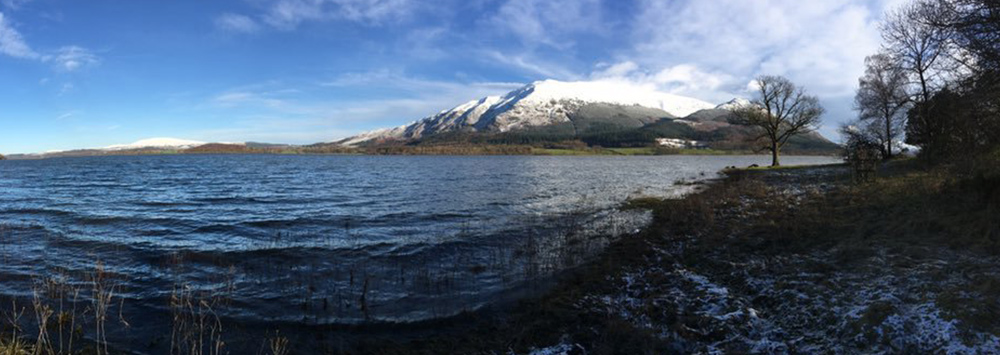Methods
Our research methodology was designed to characterise the sediment signal (grain size, geochemistry, mass accumulation) of the flood deposits and repeat this sampling at 6 week intervals to establish the progression of the event into the palaeo-record. We monitored the post-flood sediment dynamics in the lake (monthly sediment trapping and continuous turbidity monitoring) and the catchment to quantify the supply of sediments from catchment slopes (6 weekly UAV drone surveys) through key nodes in the sediment cascade to the lake (source-to-sink).
These data have enabled us to contrast the sedimentary characteristics (grain size, geochemistry) of the December 2015 flood with events in the longer palaeoflood record, and incorporate these data in our novel flood frequency modelling using combined sediment and river flow records. The recent extreme floods provide an unparalleled opportunity to investigate directly recent flood sedimentation across a variety of lake environments.
Uniquely, we had the opportunity to contrast the pre- and post-flood sedimentary records and place our developing long-term data on both flood magnitude and frequency on a robust footing, which will allow us at our stakeholder workshop to encourage national organisations, hydrologists and engineers to use these records with confidence in flood risk management.
